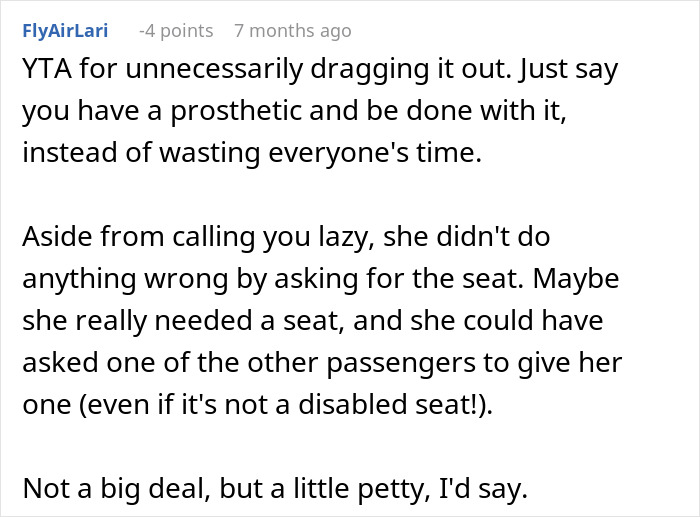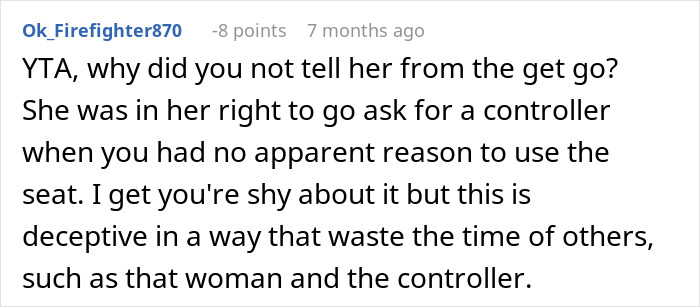Even if a person seems visibly healthy, demanding that they give up their seat—often one that is reserved for disabled people—is not a good idea. In addition to being an impolite thing to do, it can also be challenging for the person in the seat, as they might have a hidden disability.
This redditor with an injury that wasn’t visibly apparent became subjected to such demands while taking the train. A woman approached her and requested that she vacate the seat, but was soon put back in her place after the OP revealed something she didn’t see coming.
Scroll down to find the full story below, where you will also find our interview with the Chief Brand Officer of the Hidden Disabilities Sunflower, Annette Cmela, who was kind enough to answer a few of Bored Panda’s questions.
Some people entitled to seating reserved for disabled people might seem visibly healthy
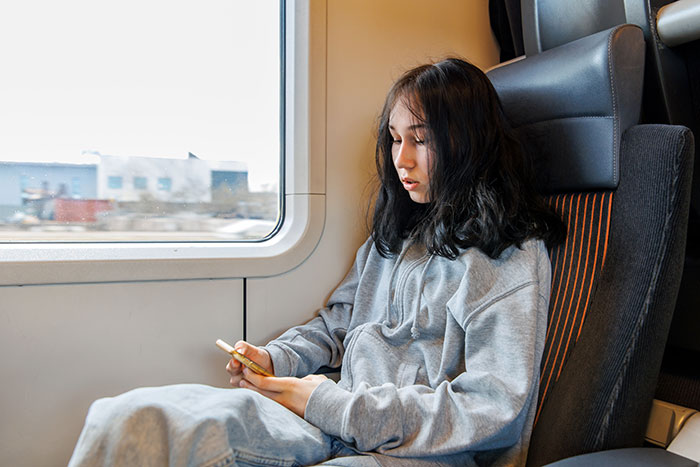
Image credits: elenakaretnikova2022 / Envato (not the actual photo)
This person was forced to prove that she had the right to use the reserved seating

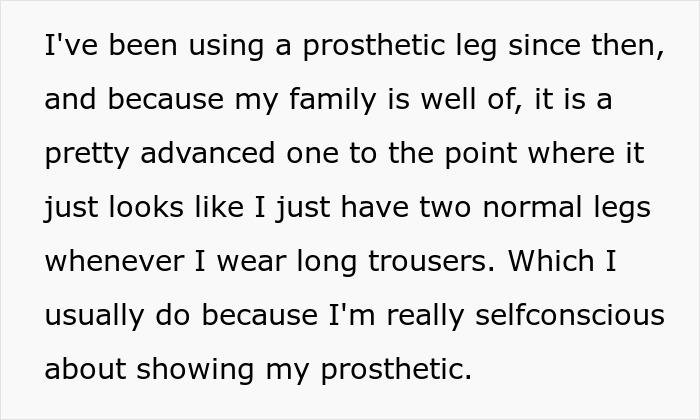
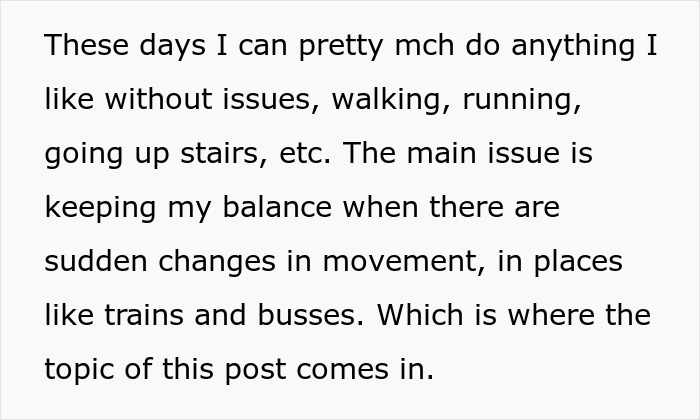
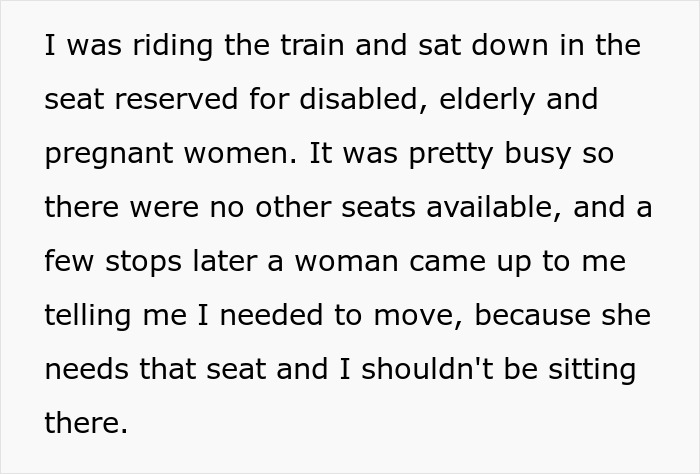
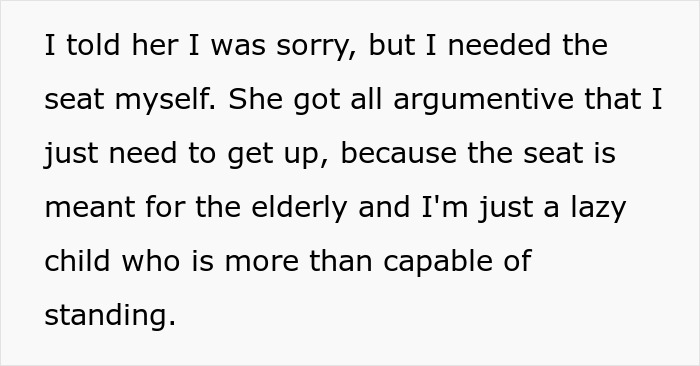

Image credits: Pixabay / Pexels (not the actual photo)
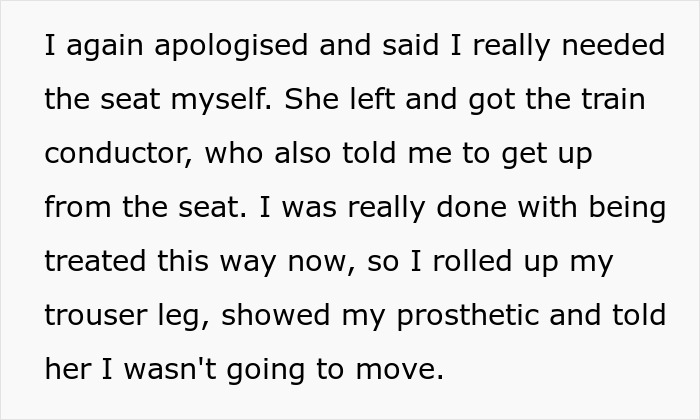

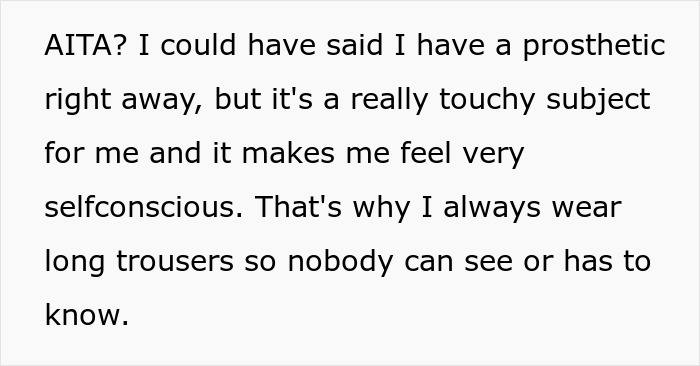
Image credits: Swimming-Contact6122
Not all illnesses or disabilities are clearly visible
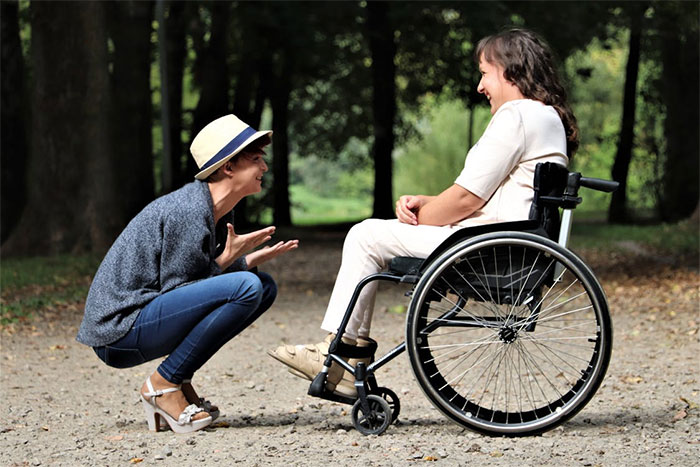
Image credits: Judita Mikalkevičė / Pexels (not the actual photo)
Needless to say, a disabled person using a dedicated seat on a bus or a train shouldn’t have to prove to everyone around that they are entitled to it. However, sometimes situations like that happen, especially when people around them don’t consider that certain disabilities are not visibly apparent and rush to make assumptions.
“There is a general lack of awareness and understanding of the wide range and complexity of non-visible disabilities,” Chief Brand Officer of the Hidden Disabilities Sunflower, Annette Cmela, told Bored Panda. “If you’re living with a non-visible disability, the reality is that your disability often has no visible signs and you may have to repeatedly explain what your disability is and then justify your access needs.”
Some people with invisible—also known as hidden—disabilities might simply not want to cite their medical history to complete strangers. Others, like the OP, can be self-conscious or have other reasons to keep their lips sealed when yet another person is barking at them fueled by assumptions.
In addition to that, they might be discouraged to explain the situation as, according to Cmela, sharing that you have a non-visible disability can lead to negative attitudes or biases. “The fear of discrimination, stigma in the workplace, the likelihood of being treated differently, and other potential negative consequences can mean that people hesitate to share and discuss their condition, needs and experiences openly.”
It’s important to recognize the symbol signaling of a hidden disability—a Sunflower lanyard

Image credits: Kampus Production / Pexels (not the actual photo)
Whether they’re willing to talk about it or not, people with hidden disabilities should not have to justify taking a dedicated seat or using other accommodations. Be that as it may, they can choose to voluntarily display an indication showing that they might require understanding or help from those around them.
One of the ways to do it is by wearing a green lanyard adorned with sunflowers—an internationally recognized symbol signaling a hidden disability. A result of the Hidden Disabilities Sunflower initiative, the lanyard “doesn’t focus on the non-visible,” Annette Cmela explained. “It triggers a simple question, ‘How can I help you?’ to focus on the support or understanding someone might need.”
Cmela pointed out that by wearing the Sunflower lanyard, the person is letting those around them know that they might need extra help, understanding, or more time doing certain things. That’s why it’s important to raise awareness in regards to the Sunflower lanyard and hidden disabilities in general. So people like the OP don’t have to roll up their trouser legs, sleeves, or engage in storytelling of personal details to receive understanding.
Teen answered questions in the comments
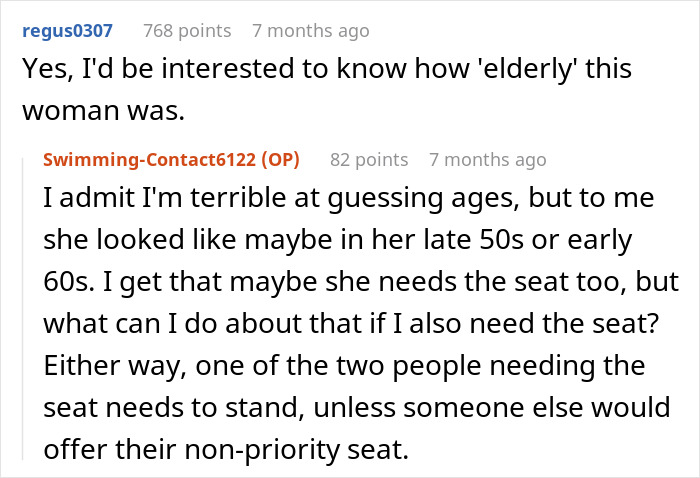
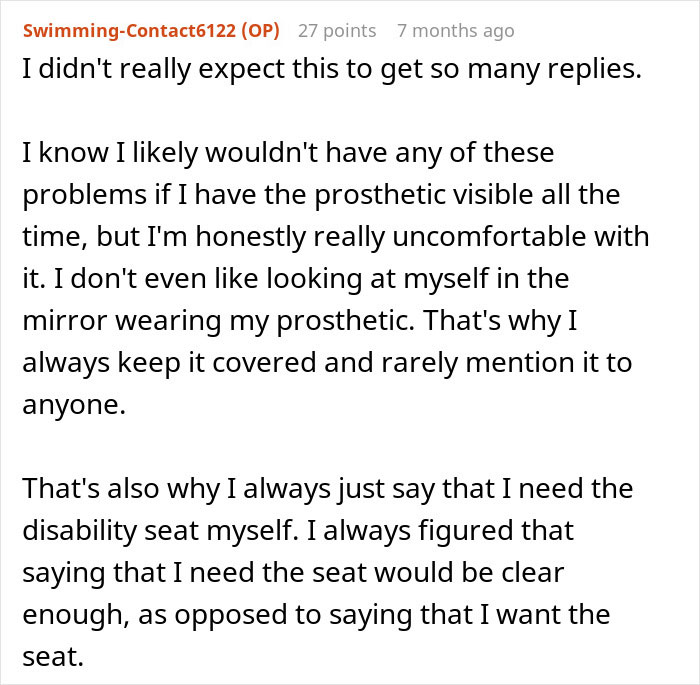
Many people didn’t consider the teen a jerk in the situation
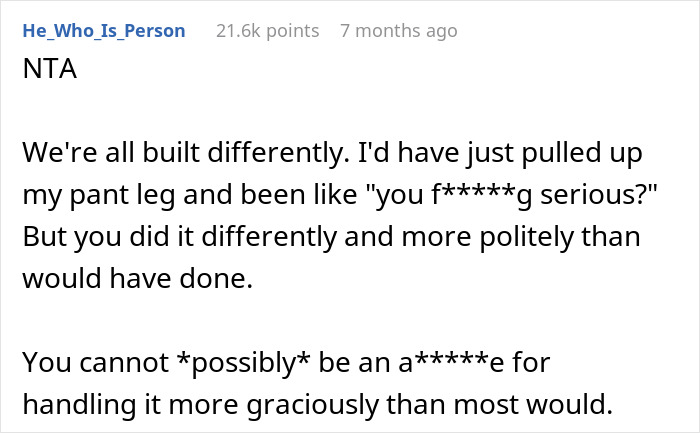
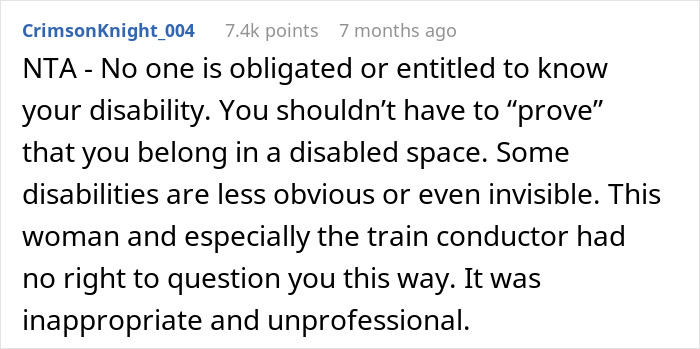

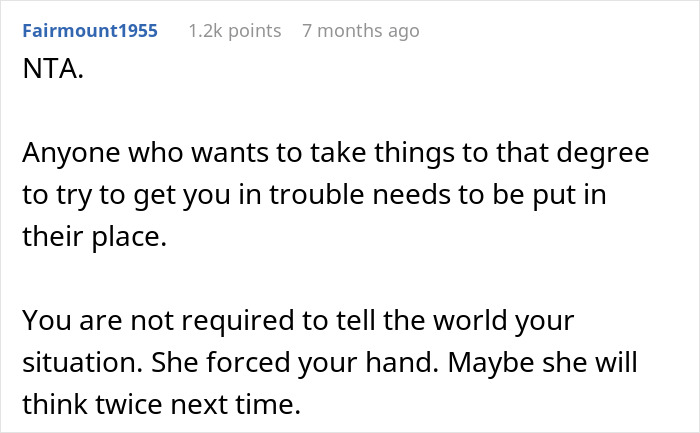
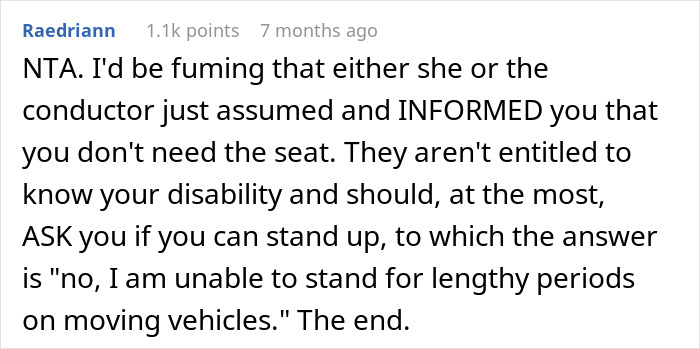
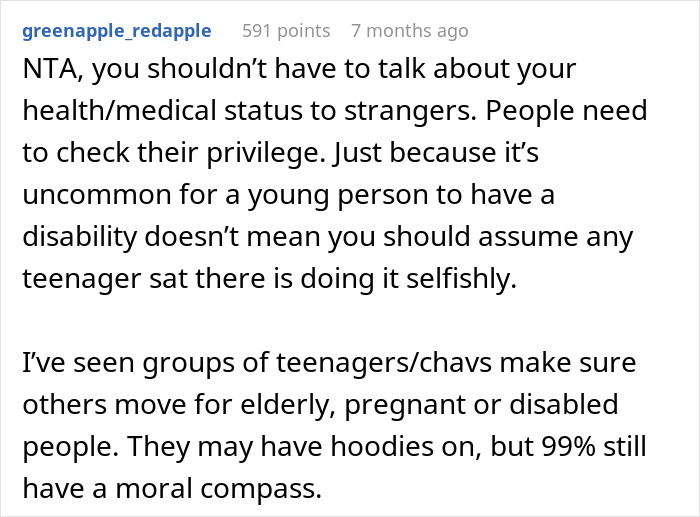
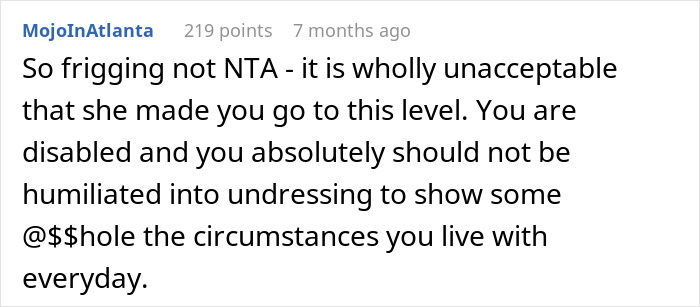
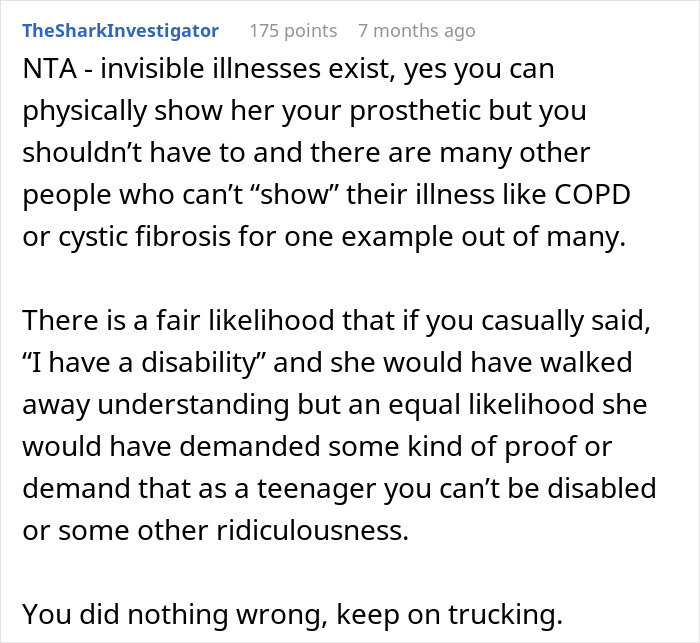
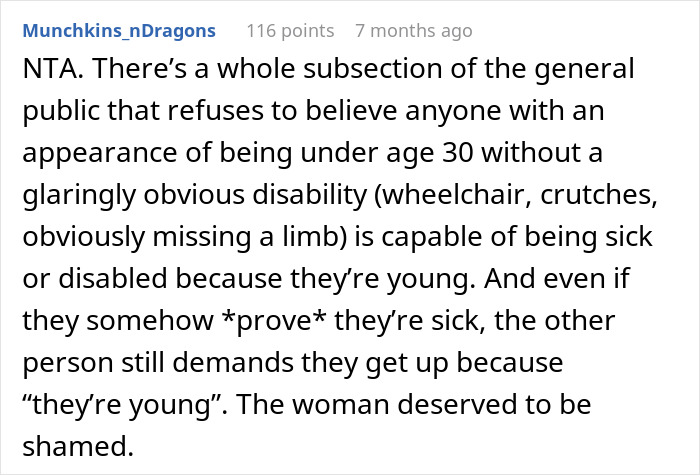
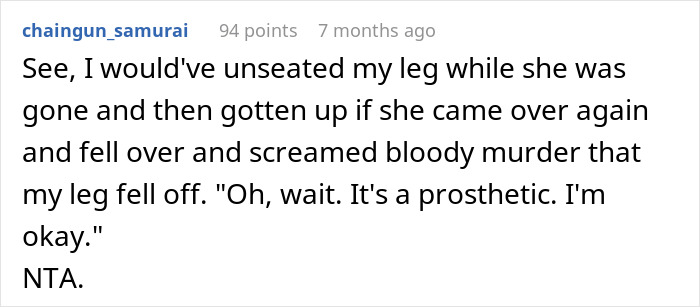


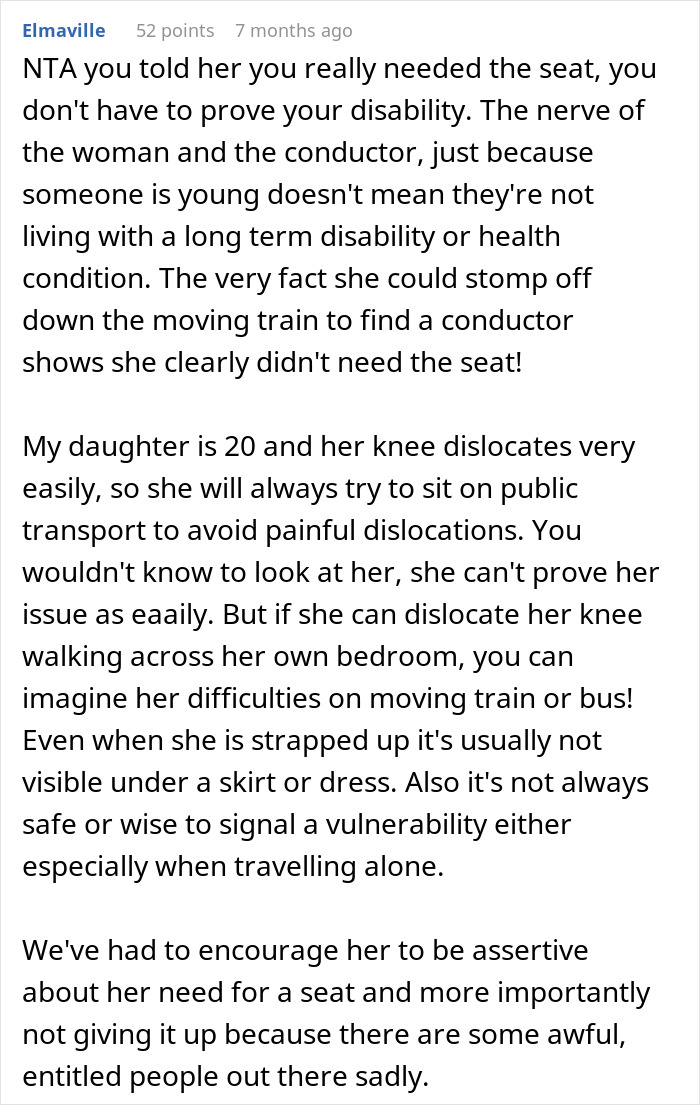
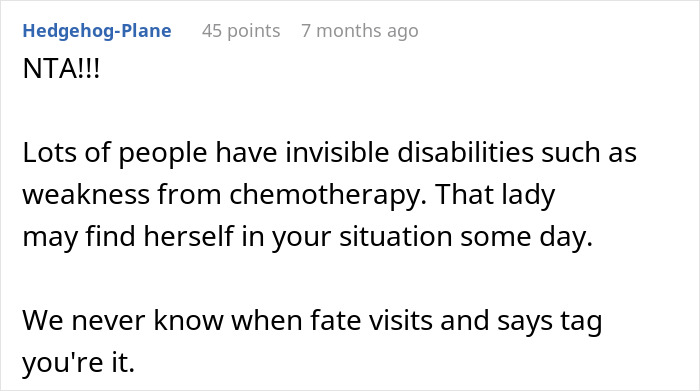
Some believed that there was no need to delay informing the woman of the disability
